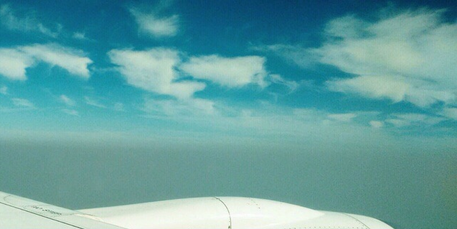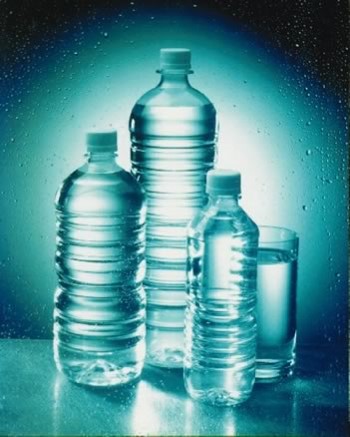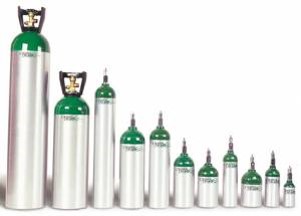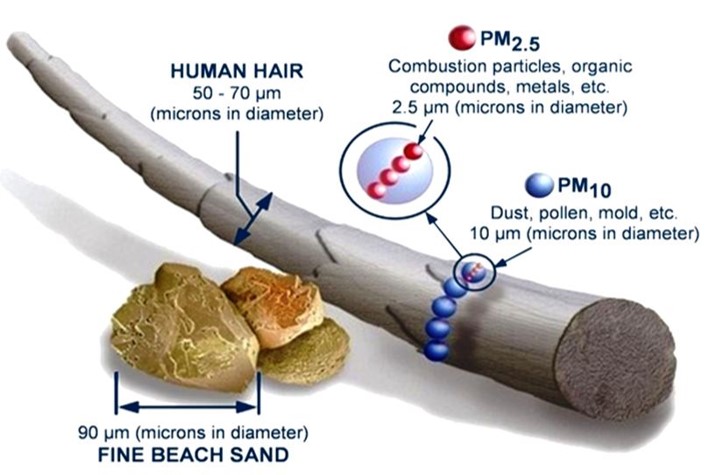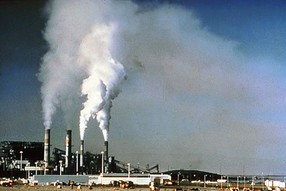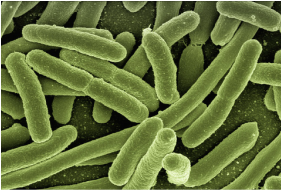You're coughing, your nose is blocked...and you haven't caught a chill
|
The photograph you see on the left was taken in December 2015, showing the skies over Delhi. Clear blue sky on top, yet shrouding the capital, dark visible smog that is truly hard to miss.
Every day, regardless of the season, is hazardous when it comes to air quality in New Delhi. Our city's best days for air quality are considered in the "emergency zone" for pollution in the developed world. Sometimes it is invisible, fine particles and toxic gases, other times, the pollution can be seen, felt and even tasted. Often we can see it as the smog covered landscape. Our bodies feel it from the coughs, asthma and shortness of breath. |
The World Health Organization’s 2014 study of 1,600 cities across 91 countries found 13 of the world’s 20 most polluted cities in India; and six of the remaining seven in our backyards (Pakistan and Bangladesh). Millions of people are impacted suffer short and long term health and economic consequences.
|
|
You drink RO water, but what about the air you breathe?Have you ever thought about it this way? On an average day, you consume 2 - 3 litres of water. At the same time, an average adult breathes in about 13,000 liters of air a day! It is your body’s most consumed item, far exceeding food or water intake. And yet we tend to ignore that. Why?
|
Let's talk POLLUTION
There is basically three broad buckets under which we can categorize pollution:
Particulate PollutionIncludes PM2.5, PM10, RSPM & SPM.
PM 2.5 is one of the most dangerous pollutants to human health. It is so small, 1/300th the size of a human hair, making it invisible. PM 2.5 comes from many sources - industrial, vehicular exhaust, trash burning, factories and brick kilns, crop burning, and construction sites, among other areas. |
Gaseous PollutionIncludes Ozone, VOCs, NOx & SOx.
Ozone leads to sensitive lungs, increased asthma attacks, premature mortality, and increased absorption of other pollutants. The oxides affect the mucous of the eyes, nose, throat, and respiratory tract. The sources are road traffic and combustion processes, electrical and power generation and various industrial processes. |
Microbiological PollutionIncludes bacteria, virus & mould
Actually SOME amount of microbiological pollutants are good for us – except in a hospital environment Though they build immunity in small amounts – excessive exposure leads to a variety of health problems |
So What About Delhi's Air? Why Is It So Unhealthy?
Delhi air has extremely high levels of particulate pollution (known as PM 10 and PM 2.5) and gaseous pollution (ozone, NOx, Sox). Particulate pollution and gaseous pollution are harmful to our bodies and cause millions of premature deaths each year, according to the WHO. It is the invisible, health-ravaging particles of PM 2.5 that have reached sky high levels in Delhi.
